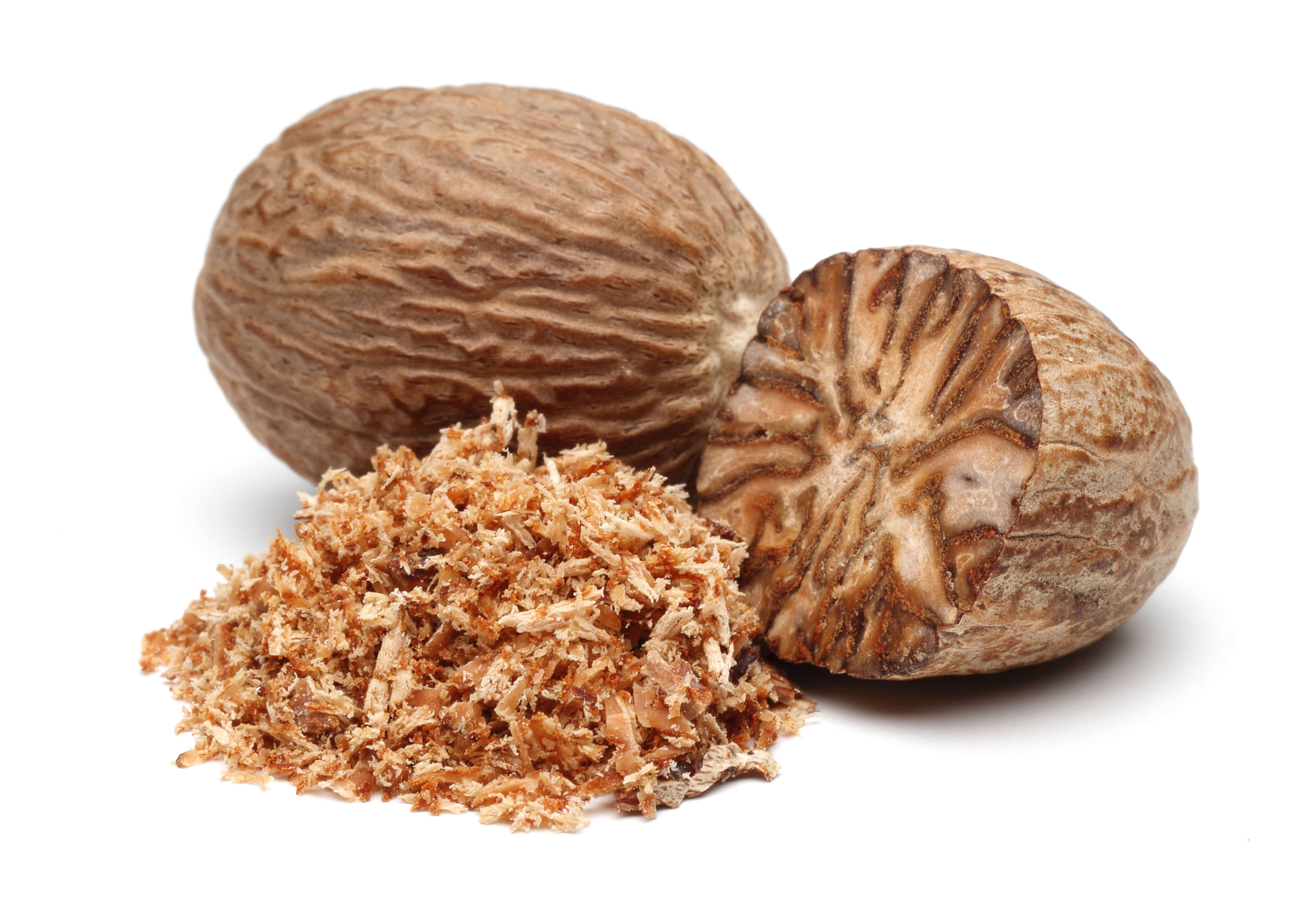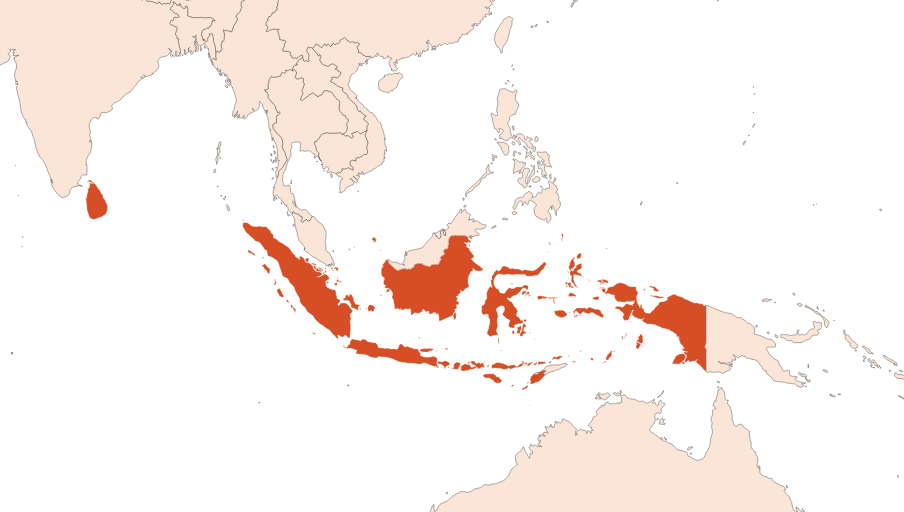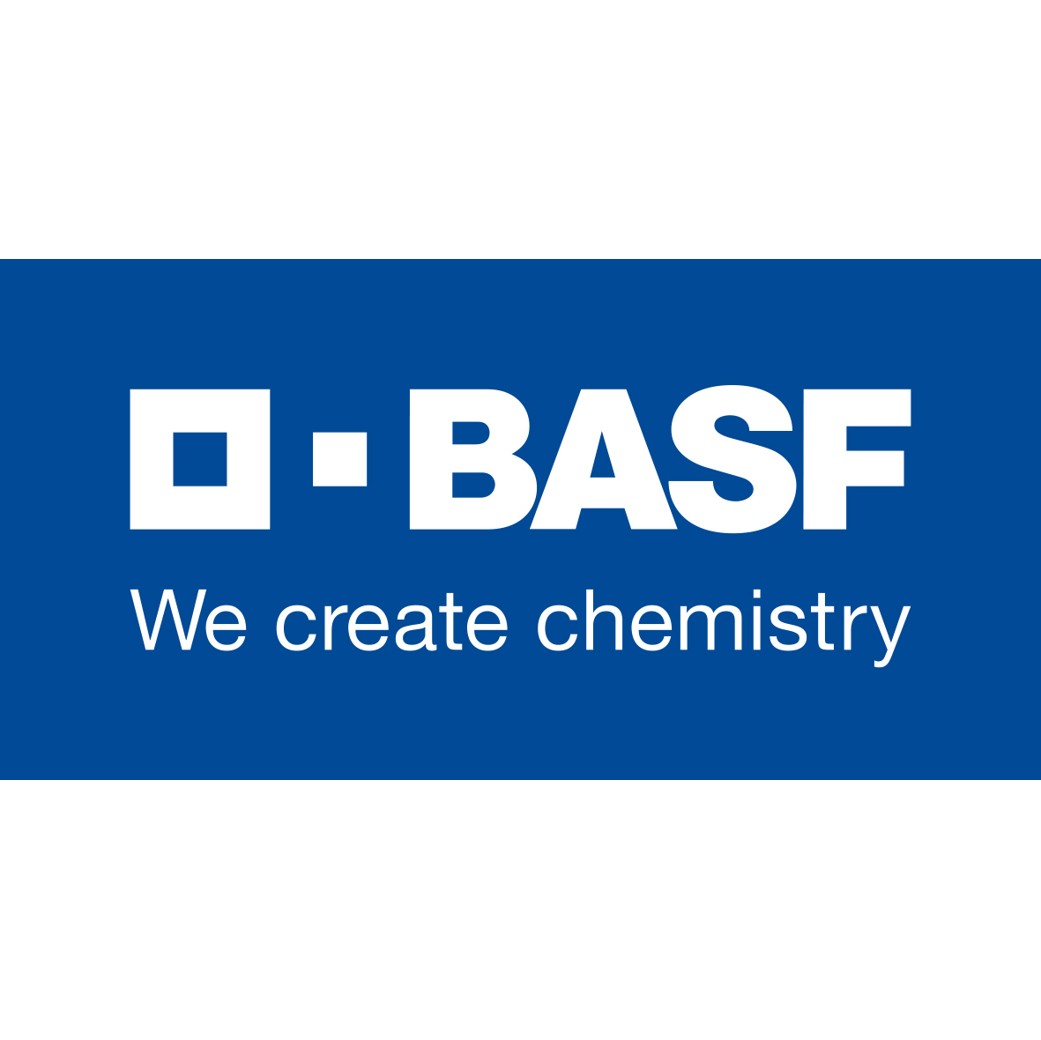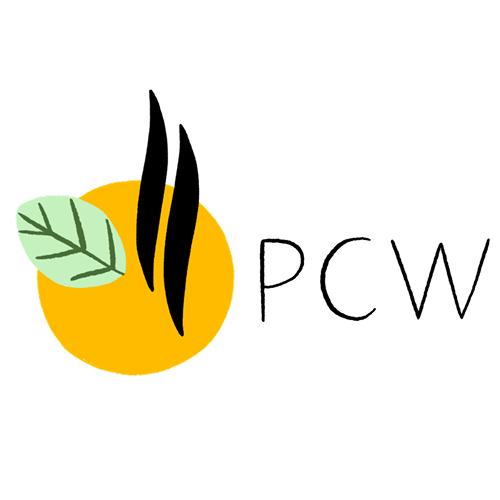
| Company | Ingredient Name | ID | Comments | Naturality | Certifications | MOQ | Latin name | Treated part | Geographical origin |
|---|---|---|---|---|---|---|---|---|---|
|
|
NUTMEG EO RECT | 962178 |
Visit website
|
Naturals | - | MYRISTICA FRAGRANS | - | - | |
|
|
NUTMEG EO SLC | 962118 |
Visit website
|
Naturals | - | MYRISTICA FRAGRANS | - | - | |
|
|
NUTMEG OIL TYPE | 220572 |
Visit website
|
Naturals | - | - | - | - | |
|
|
Huile essentielle de Noix de Muscade - 30 gr | - |
Visit website
|
- | - | - | - | - | |
|
|
Nutmeg Oil (Java | Bogor 9% Myristicin) | NM-001 |
Visit website
|
Natural |



|
800 Kgs | Myristica fragrans houtt. | Fruit | Indonesia |
|
|
Nutmeg Oil Safrole Free | NM-004 |
Visit website
|
Natural |



|
100 Kgs | Myristica fragrans houtt. | Fruit | Indonesia |
|
|
Nutmeg Oil EI | NM-005 |
Visit website
|
Natural |



|
100 Kgs | Myristica fragrans houtt. | Fruit | Indonesia |
|
|
NUTMEG Rectified Essential Oil | M_0055063 |
Visit website
|
Naturel | - | - | - | - | |
|
|
NOIX DE MUSCADE | F1806 |
Visit website
|
Absolue | - | Myristica fragrans Houtt. | Noix | Pas d’informations disponibles. | |
|
|
NUTMEG 100% P&N EO | - |
Visit website
|
- | 10 grs | - | - | - |
General Presentation
-
CAS N° :
8008-45-5 -
EINECS number :
282-013-3 -
FEMA number :
2792
-
Volatility :
Head/Heart -
Price Range :
€€€
Physico-chemical properties
-
Appearance :
Colorless liquid -
Density :
0,885 - 0,907 @20°C -
Refractive Index @20°C :
1.475 - 1.485 @20°C -
Optical rotation :
+6° // +18° -
Vapor pressure :
Data not available. -
Flash Point :
Data not available. -
Acid Value :
Botanical informations
Botanical name :
Myristica fragrans Houtt.
Synonyms : Myristica officinalis L.fil. // Myristica aromatica Sw.
Botanical profile :
The nutmeg tree is a tree belonging to the Myristicaceae family (which also includes cajeput) and the genus Myristica Gronov.
Chemotypes :
The Myristica Gronov. groups nearly 280 species. In perfumery we only use the Myristica fragrans Houtt. one
Extractions & Uses
Extraction process :
The fruits are harvested all year round with a fruit picker. They are dried in the shade, to avoid melting the lipids. Six to eight weeks later, the seed is separated from its hard shell to be ground and steam distilled.
At the end of the process, the essential oil is collected in the essencier by decantation of the water. This distillation yield oscillates between 8 and 10%. The first harvest should take place seven years after planting the tree, as the fruits ripen slowly. The older the tree, the better its productivity and therefore, the quality of its essential oil. The absolute can be obtained by extraction with volatile solvent, with a spicier and aromatic smell.
Uses in perfumery :
Spicy note modifier. Used in cologne and men's eaux de toilette.
Stability :
The terpenes identified in this raw material can polymerize when they are oxidized
Major Components :
- Alpha-pinene (15 - 28%)
- Sabinene (14 - 29%)
- Beta-pinene (13 - 18%)
- Myristicin (5 - 12%)
- D-Limonene (2 - 7%)
- Terpinen-4-ol (2 - 6%)
- Gamma-terpinene (2 - 6%)
- Safrole (1 - 2,5%)
- Delta-3-carene (0,5 - 2%)

Photo credits: ScenTree SAS
Other comments :
The nutmeg fruits are drupes shaped as apricots. At maturity, these drupes open little by little and the seeds appear. At this moment, they are wrapped in a brown shell.
The Nutmeg EO is very photosensitizing and is strongly discouraged for pregnant women.
Nutmeg alone is a narcotic because of its myristicin high content.
Over the last few years, producers of nutmeg EO have been seeking to create qualities without Safrole and Methyl Eugenol, in order to meet the growing demand for an ''allergen free '' essential oil.
IFRA
IFRA 51th :
This ingredient is not restricted for the 51th amendment
















